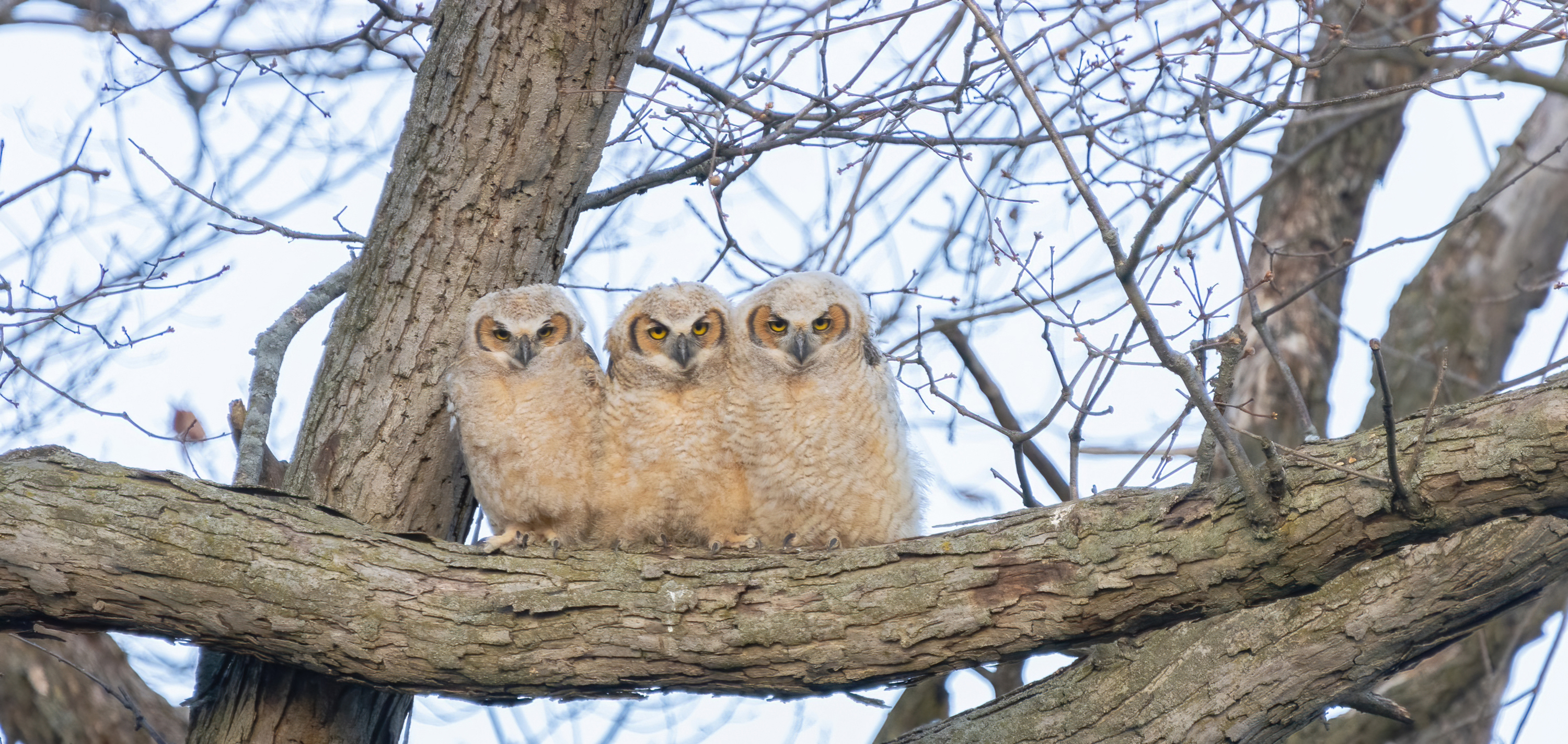The Future of Birding, Chapter 2: Survey Feedback from non-WSO-members
When the Wisconsin Society for Ornithology began its strategic planning effort it not only wanted to identify the needs of its members, it also wanted feedback from a range of state birders who don’t belong to the Society.
Our member survey drew 259 responses from among our roughly 1,100 members, far exceeding the 10-15% response rate that most surveys hope to achieve. But we also garnered 112 responses to a separate non-member survey distributed via Wisbirdn, Facebook, eBird and several local birding groups.
This is the second of four reports on the survey results that will appear monthly in the Badger Birder and on our web site, www.wsobirds.org , under the Strategic Planning link on the left. This leads up to the annual WSO convention in Ashland May 23-26, where it will be discussed at the organization’s annual business meeting. Both the member and nonmember surveys are on the web site to let folks see results in detail, draw their own conclusions and offer WSO leaders additional feedback.
So here are some observations from the “Future of Birding in Wisconsin — WSO survey of nonmembers”:
- One-third of the respondents stressed an interest in seeing WSO be more conservation-minded with a focus on habitat protection, conservation of threatened species and scientific studies. Said one respondent: “I suppose if I were to join it would be because of a greater emphasis on birds (i.e., conservation) than on birding, as my perception is that the WSO is somewhat focused on these kinds of things and less on conservation.”
- Second most given suggestion was that WSO reach out more to young birders and beginning birders. Other top suggestions: the Society should be friendlier, more open to new birders, less intimidating. And we should tell the WSO story better so non-members can know and learn about the organization.
- Publications, field trips and conventions are less important to nonmembers, and social opportunities rank far lower than among WSO members surveyed. As to changes WSO should make, there is a perception, among some at least, that WSO is a closed club.
Here were some of the comments:
- Lighten up, there are more than a couple hard core perfectionists within WSO ranks who seem to intimidate rather than encourage the average birder. • Be more welcoming to people who are not a part of the clique.
- I have tried to join once but the members were cold and uninviting. They were not open to novice birders like myself.
- I attended one spring convention and found the group to be rather clubby and competitive, not suitable for a beginning birder.
- WSO strikes me as having a “country club” elitist atmosphere.
- When I was a member, too much printed matter arrived that I didn’t read and when I went on field trips I was apparently INVISIBLE! Although it is surely unintentional, you come off as a CLOSED SOCIETY.
- WSO events that I have attended were not very friendly to me. Not sure why but I felt I needed to be an expert birder to be member.
Demographically, the non-member respondents skewed younger to a pretty fair degree;
- only 46% were over the age of 55, compared with 63% of WSO members.
- They also were more likely to be female, by 55% as compared to 45% for WSO.
A question that asked respondents to describe their relationship to birding found that members and nonmembers alike have embraced eBird, with 45% of both groups using it to record their sightings. Nonmembers, perhaps reflecting their younger average age, embrace Facebook and the Wisconsin Birding Network more readily, 42% to 31%.
That same question showed that non-WSO-members are less inclined overall to be joiners. Non-members lagged the WSO group as citizen science volunteers 54% to 40%, as members of a local bird club 65% to 45% and as local bird club members 46% to just 20%.
Many of the “nons” appeared to be ex-WSO-members, since 52% said they has read The Passenger Pigeon or Badger Birder, and 64% said they would consider joining WSO if the Pigeon were available online. This suggests that there are some people who are resistant to in-print publications and might be attracted to WSO if we offered an online option for our publications. The survey of WSO members, however, indicated strongly that this would need to be an option and not our sole method of delivery.
Some 25% of nonmembers regularly see the WSO web site, 36% regularly use Facebook and 65% use Wisbirdn; this suggests that all these are vehicles for potentially attracting new members.
In April we’ll take an in-depth look at what members had to say about The Passenger Pigeon and the Badger Birder, as well as where else they go for their birding information. And in May we will examine the rest of the survey, focusing more on what changes members want to see in their Society, leading up to the annual meeting at the Ashland convention. For a look at the complete membership survey, including charts displaying some of the results, go the WSO web site www.wsobirds.org.
